In the image below, you can see a 12-panel storyboard that features varying camera angles and transitions, which are also animated to show how the panels would transition and be displayed to the viewer. I always enjoy seeing the process of how a storyboard is created and how the process has varied through the years, such as seeing the traditionally drawn panels for films such as The Lion King and Beauty and the Beast in comparison to storyboards released from game studios such as Riot Games’ storyboard depicting the origin of their League of Legends character Annie.
INSPIRATION
The inspiration for this piece comes from my inclination for dystopian games and films, such as referencing the cyberpunk genre in the prior projects for this module. Cyberpunk 2077, released by CDPROJEKTRED is one of the main sources of inspiration for this project, as the game touches on futuristic elements such as body modification and augmentation. I also wanted to be able to tell a small story with this project, which led me to think of how the body modification was tested in Cyberpunk 2077 from a narrative standpoint – did the companies in the world of Cyberpunk 2077 who created the modifications and upgrades lead volunteer trials or were the tests done in a less than legal manner?
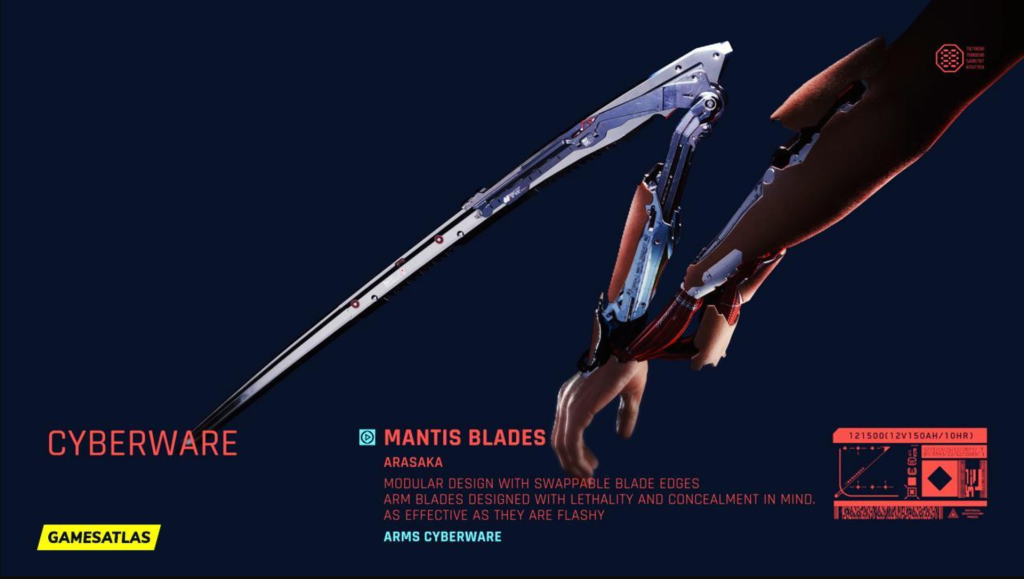
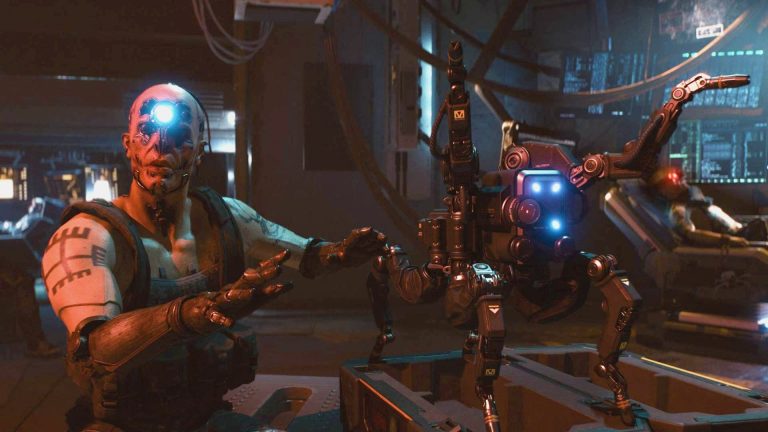

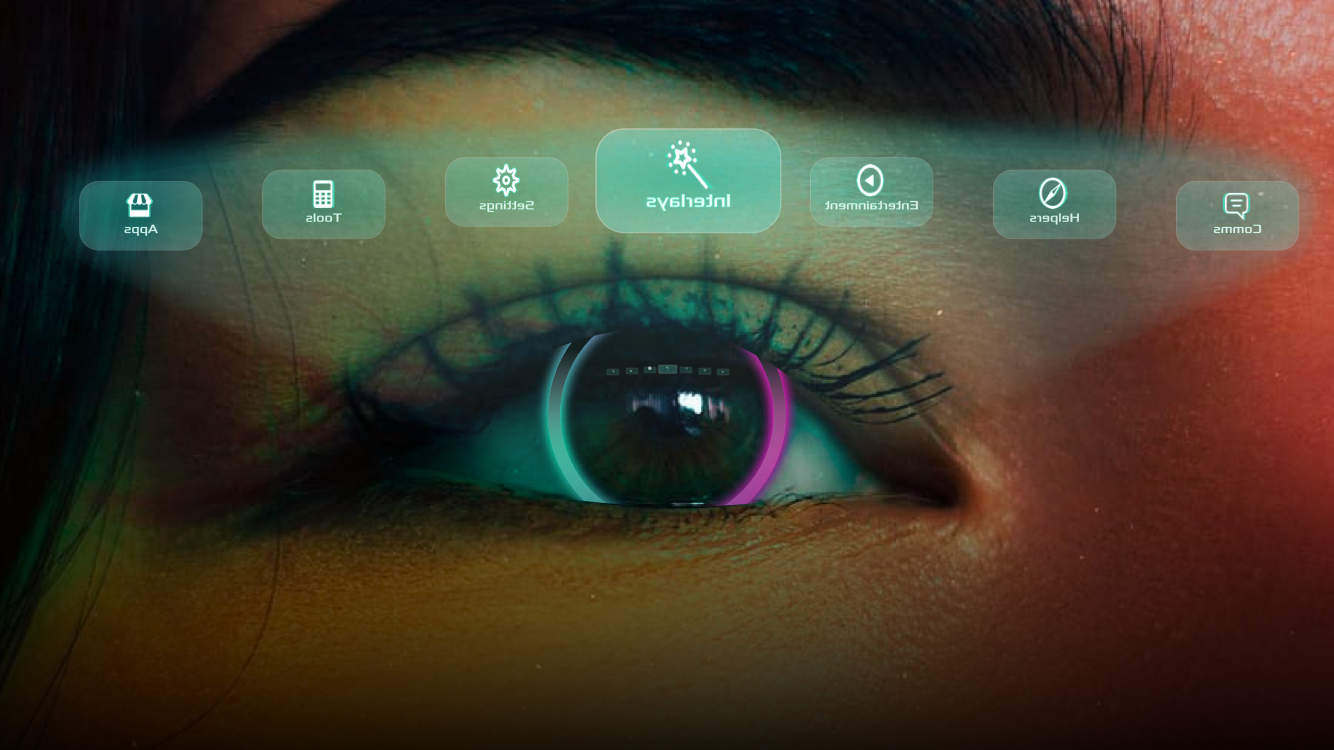
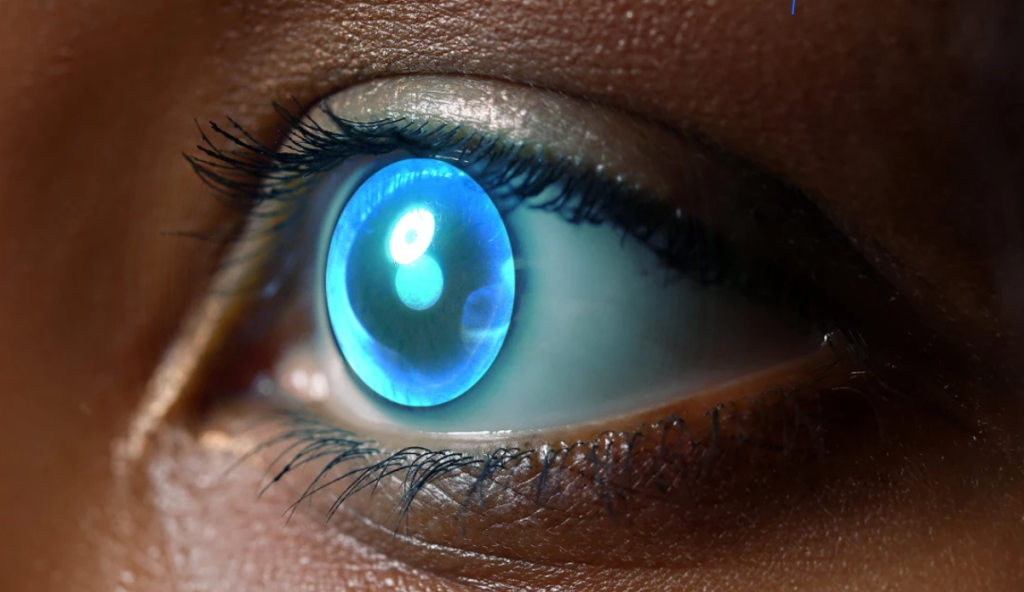
EXPLANATION
For this storyboard, I wanted to utilise a number of different camera angles and transitions to amplify the story that I wanted to tell. As this was my first time creating a storyboard, I also had to consider what angles, shots and transitions that I would use, which led me to use Ron Doucet’s Storyboard Cheat Sheet during this project. The sheet provided visual examples for me to view and understand and then replicate the techniques with my own work.


I wanted to keep the overall project relatively simple, with simple outlines for things that the viewer can see in the distance, such as the city skyline in panels 2 and 3 and greyscale colouring – as one of the things that I often tend to focus on is the minute, small details to a larger degree than what is needed, which can increase the file size and the overall project time. I also made my linework rather loose and sketch-like, as from looking into how storyboards are created in large studios for film and game, the panels give rough images that drive a point or emotion across rather than spending time to perfect a single shot.
CAMERA SHOTS AND ANGLES
I wanted to establish the area that the viewer would be seeing within the first three panels, opting to use a far shot in the first panel that transitions into a full shot by having the camera pan down to eventually reveal the character of this short story in the third panel. I used red within this project to highlight the directions of both the camera and the character, as this would stand out against the greyscale images and would further direct the flow of the narrative.
The full shot then progresses to a medium shot as the character moves inside the building, which shows the viewer more of the character’s outfit and some of the background features, such as the bottom of a poster, the outline of bricks in the wall and some graffiti on the wall, which helps to add to the narrative that is being built. The character is then seen to continue through the building through this shot, which then jumps to being a close up of the character’s face as they notice something. I wanted the viewer at this moment to be drawn closer to the character, to be able to see the focus on their face as their eyes focus on something out of frame. The camera pans to the inside of the building, which appears to be in ruin, with posters scattered on the floor, framed images smashed with glass shards on the floor and windows broken.
One of the posters that the viewer can see is a poster that looks in worse condition than the others, seemingly burnt and ripped along the bottom, with the text of the poster stating “Illuminate killing us”. The character goes to inspect this poster closer in the next shot, kneeling down to the poster in a medium shot and progresses to explore the area further in panels 8 and 9, seen from a birds-eye view to show the area being ruined and abandoned.
The character is then shown again in a close-up shot in panel 10 as they are seen to notice something off-camera, which is shown in panel 11 to be an image of a CEO with the text “A new future for Humanity! Augmentation! Volunteers needed for trial” surrounding it on the wall, with the camera zooming in on the face of the man in the picture. Referring back to my inspiration from the game Cyberpunk 2077 and the question that I posed, I wanted this panel to be a narrative telling point – that the CEO of this company, Illuminate, was the leader in new technologies and human modifications – yet potentially did so in less than legal means.
Panel 12 builds narratively from panel 11, with the character being shown in a close-up shot in a way that hasn’t been seen prior. In panels 5, 7 and 10, the character’s eyes are visible to the viewer and are seen to be normal whereas the character’s eyes in panel 12 are now different and augmented – showing the viewer that the character was one of the people who were experimented on by the CEO of the company.
DIALOGUE AND DIRECTIONS
In the storyboard itself, I wanted to keep the dialogue and any additional directions to the side of the panels. I had some issues with layering text over the black bars in Photoshop and made the decision to keep the overall image relatively clean to not remove anything from the overall story.
I also continued to use red in the text elements of the storyboard to highlight elements and movements that the character does, such as noticing something off-camera or additional notes about the character. As the panels already had the camera movements and character directions, I didn’t want to add additional layers over the image, eventually obscuring the image, which led any additional information regarding speech or any notes to be placed to the sides of the respective panel.
As the character isn’t seen to converse with another humanoid, I wanted the dialogue to be more so of a voiceover that could potentially be seen in a cutscene. My personal inclination for the cyberpunk genre and dystopian films and games led the story to have the villain be a large scale company, who had promised to be the next step for humanity and had taken a darker path to achieve their goal, in a similar manner to the storyline of the film Venom (IMDb, 2018). The only time that the character speaks out loud is on the final panel, when they reveal that they were one of the people who were experimented on.
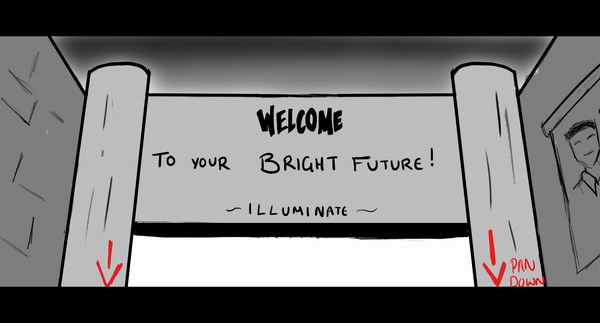
OUTCOME
I’m very happy with this piece, as I was able to make a Storyboard that featured a number of different camera angles and transitions which I feel helps to add to the story that I wanted to tell. I was able to keep the panels relatively sketch-like in a similar manner to the storyboards that I have seen from large game studios such as Riot Games and for films such as Beauty and the Beast and The Lion King. I did realise that I had included a large amount of detail for a storyboard, which are often fast and sketchy, which did increase the overall project time to be around 5 hours of work.
If I were to make improvements to this piece, I would have continued to explore the lighting of the panels. In certain panels, such as panels 3 and 7, I included a shadow below the character model which gives an indication of a light source in the panel to the viewer, yet this does not continue onto any other part of their body or clothes and only certain panels feature shading. Panel 7 would have shadows below their hat, with light highlighting the top of the hat and their shoulder in relation to the position of the initial shadow.
Referenced Material:
Bryd, M. (2020) Cyberpunk 2077: The Best Cyberware Upgrades. Den of Geek. Available online: https://www.denofgeek.com/games/cyberpunk-2077-best-cyberware-upgrades/ [Accessed 2 Dec. 2021].
Doucet, R. (2015) Ron Doucet | Animation Director. www.floobynooby.com. Available online: http://www.floobynooby.com/ [Accessed 3 Dec. 2021].
IMDb (2018) Venom (2018) – IMDb. www.imdb.com. Available online: https://www.imdb.com/title/tt1270797/plotsummary.
Lutz, D. (2021) How could we control augmented reality with only our eyes? Medium. Available online: https://uxdesign.cc/controlling-future-augmented-reality-with-only-your-eyes-210ce2ca23c2 [Accessed 2 Dec. 2021].
Roach, J. (2020) Cyberpunk 2077: The Best Cyberware Upgrades to Get First. Digital Trends. Available online: https://www.digitaltrends.com/gaming/cyberpunk-2077-best-cyberware-enhancements-to-get-first/ [Accessed 2 Dec. 2021].
SimoneSDH (2020) All Cyberware Implants Weapons in Cyberpunk 2077 – Full List of Arms Mods, Blades, and More. Games Atlas. Available online: https://www.gamesatlas.com/articles/all-cyberware-implants-in-cyberpunk-2077-full-list-of-arms-mods-blades-and-more [Accessed 2 Dec. 2021].
Winkler, A. (2020) Mojo Vision wants to give our eyes superpowers. Freethink. Available online: https://www.freethink.com/technology/augmented-reality-contact-lenses.